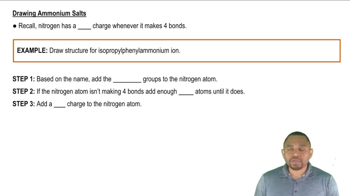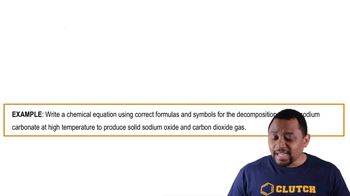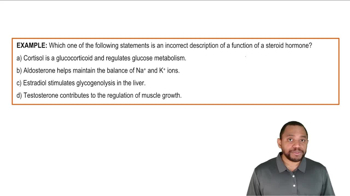Complete and balance the equation for each of the following reactions:
a. ZnCO3(s) + HBr(aq) →
 Verified step by step guidance
Verified step by step guidance Verified video answer for a similar problem:
Verified video answer for a similar problem:



 3:08m
3:08mMaster Acid-Base Reactions Concept 1 with a bite sized video explanation from Jules
Start learning